Cat behaviour
Taking care of your cats means knowing them inside out. Here are a few tips to help you understand them better.
A social animal?
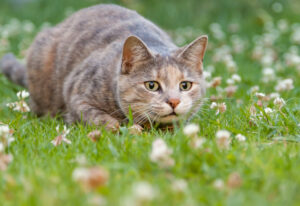
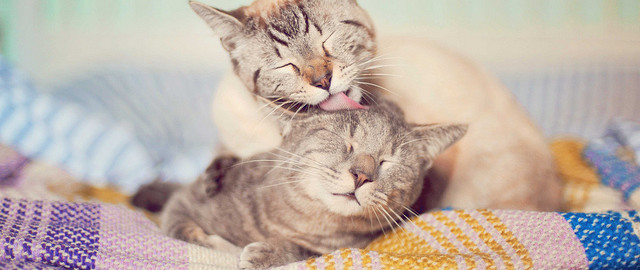
Within a group, social interactions are complex, influenced by many parameters: age, sex, social or family status. Adult females from the same family tend to form stable groups, often at the base of colonies. Males, on the other hand, are less likely to establish privileged links with their ascendants, collaterals or descendants.
A territorial animal?
Notion of territory
Cats living in the wild establish a living territory. The size of this territory varies and is influenced by :
- in females, by the availability and distribution of food sources;
- in males, by the distribution and density of females.
The territories of males and females can overlap significantly. Whatever their sex, cats will mark their territory by depositing urine on vertical surfaces. However, these markings are not intended to define the limits of the territory, but have various functions, probably including the dissemination of information on the social status and reproductive cycle of individuals.
When cats are confined in groups to a limited territory, they organise the space into areas dedicated to each activity.
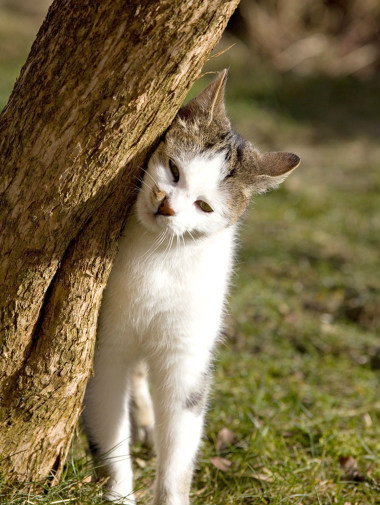
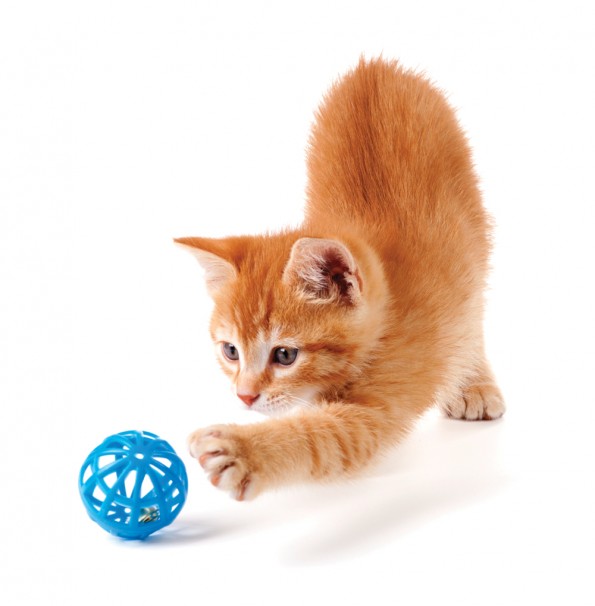
Development areas
The cat's home range is divided into several areas, which can be divided into two main groups: an isolation area and an activity area. The activity zone includes feeding, hunting, social interaction, reproduction and elimination areas. The isolation zone is the resting, grooming and nursing area. These development areas are linked by fixed passageways that the cat always uses in the same way. When the living space is artificially restricted (house, cattery, etc.), at least two rooms must be created to separate the feeding area from the resting area.
and the elimination area. It is also important to provide play areas (balls, crumpled sheets of paper, etc.) to "artificially" create a hunting area and stimulate predatory behaviour.
How cats communicate
Odour deposits
Pheromones are compounds secreted by animals that play a part in communication between individuals. They are the basis of chemical communication. In cats, the glands that secrete pheromones are concentrated on the face (lips, chin, eyelids, etc.). Odours can be deposited in a variety of ways (urine, faeces, rubbing, scratching, etc). These odorous compounds are specific to the species and can be received and translated by
other animals. Rubbing occurs mainly in areas of passage between different living areas.
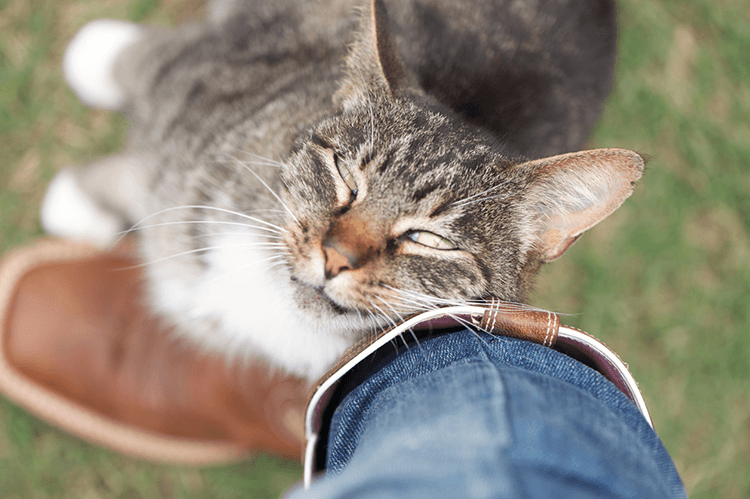
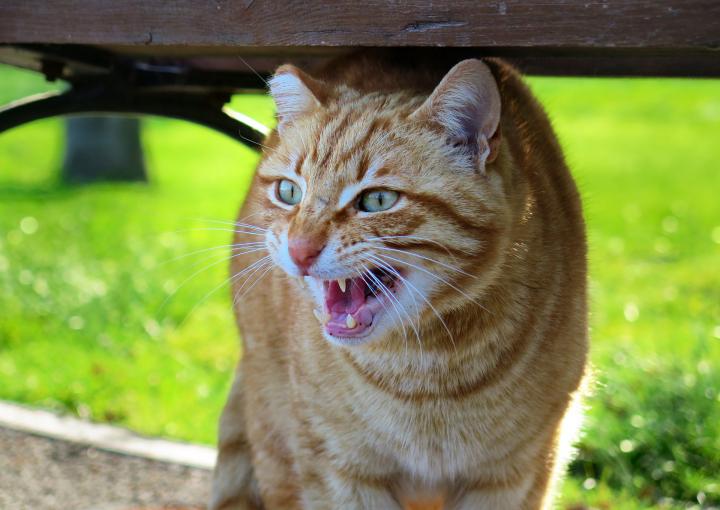
Vocalizations
According to some authors, feline language comprises sixteen vocalisations, nine of which are used by the kitten. These signals can convey a variety of information: contentment, request, distress, warning before aggression, postcoital cries from the female, etc. Among these vocalisations, purring, which only exists in Felidae, cannot be considered a conditioned reflex (even though it is easily triggered by stroking in some individuals). The causes of purring have not all been elucidated. It may be the sign of a "friendly" approach between two cats or a cat and its owner. It sometimes accompanies requests to play. Purring can also sometimes be heard in cats in extreme situations (a dying cat, a female giving birth). It therefore expresses intense emotions, whether pleasant or painful, and must be analysed in terms of the whole behavioural sequence that accompanies it.
Postures and facial expressions
All the gestures included in a behavioural sequence can be analysed and translated to determine the cat's emotional state. Sometimes these changes are impressive, while in other cases only discrete signs need to be analysed (ear movements, for example, variations in pupil diameter, tail wagging, etc.).
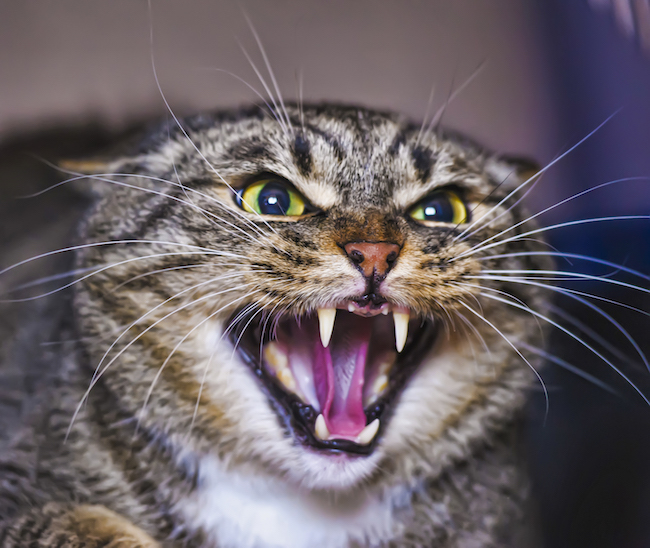
Source: Guide Pratique Elevage Félin - Elise Malandain, Susan Little, Grégory Casseleux, Lorraine Shelton, Pascale Pibot, Bernard-Marie Paragon
Interested in adopting a munchkin kitten?
Come and see if we have any kittens available at the moment.

